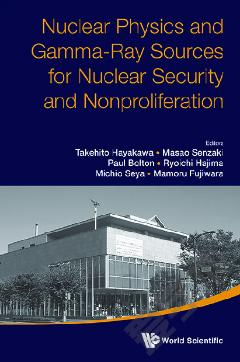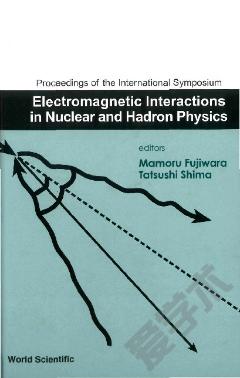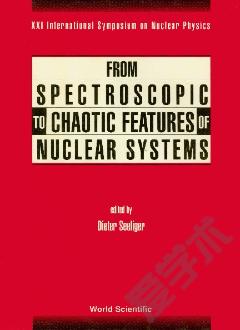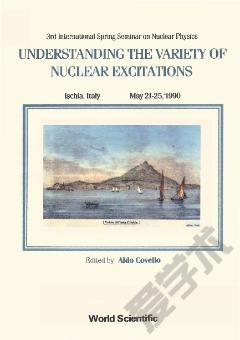Nuclear Physics And Gamma-ray Sources For Nuclear Security And Nonproliferation - Proceedings Of The International Symposium
Nuclear nonproliferation is a critical global issue. A key technological challenge to ensuring nuclear nonproliferation and security is the detection of long-lived radioisotopes and fissionable nuclides in a non-destructive manner. This technological challenge requires new methods for detecting relevant nuclides and the development of new quantum-beam sources. For example, one new method that has been proposed and studied is nuclear resonance fluorescence with energy-tunable, monochromatic gamma-rays generated by Compton scattering of laser photons with electrons.The development of new methods requires the help of researchers from a wide range of fields, such as nuclear physics, accelerator physics, laser physics, etc. Furthermore, any new method must be compatible with the requirements of administrators and nuclear-material inspectors.
{{comment.content}}








 京公网安备 11010802027623号
京公网安备 11010802027623号